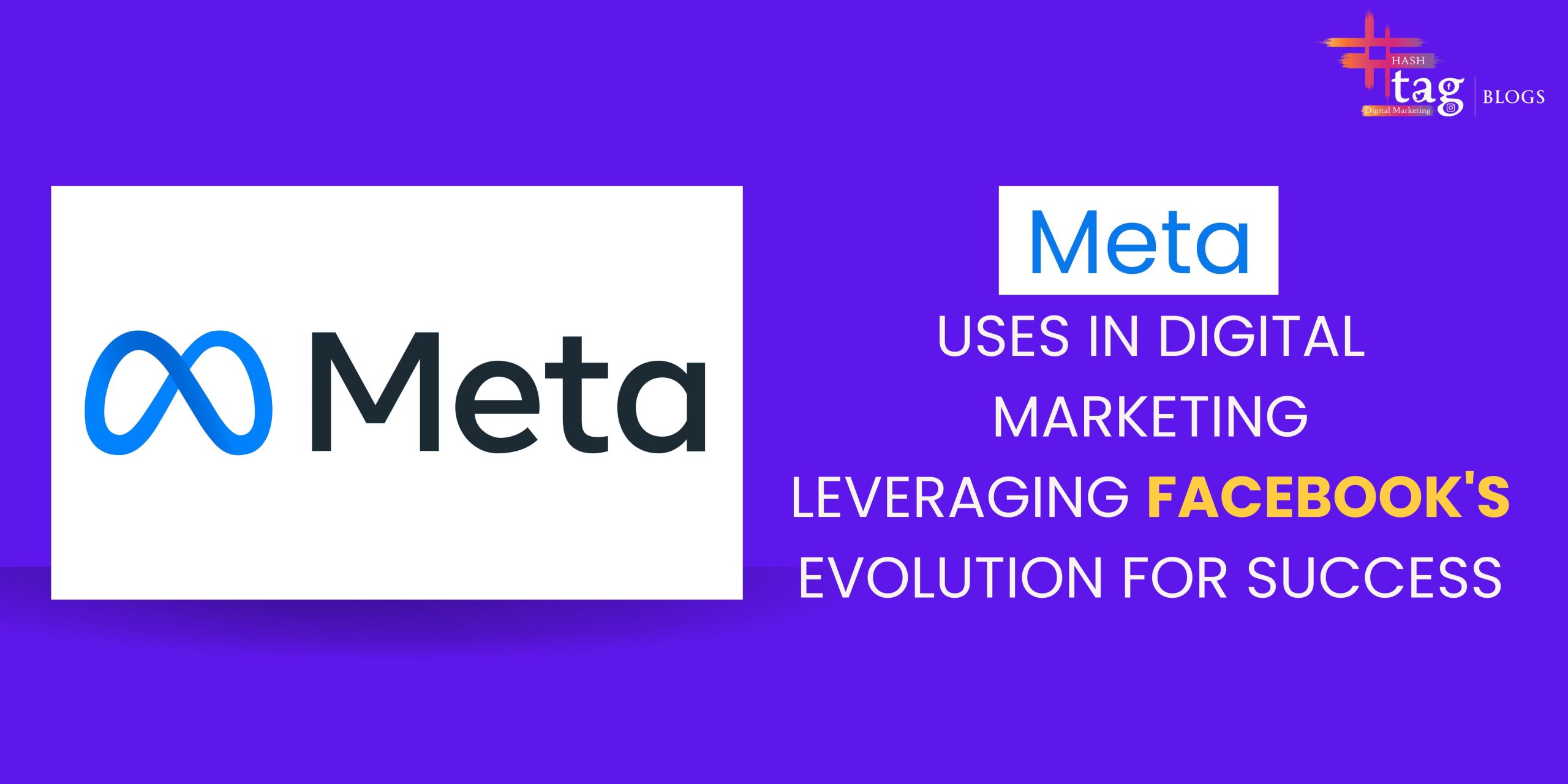In today’s digital age, a logo is more than just a visual identifier for your brand; it’s a critical component of your marketing strategy that needs to perform well across various media. Whether it’s on your website, social media profiles, print materials, or promotional products, your logo should maintain its integrity and impact. Here’s how to create a versatile logo that works seamlessly across different media.
Simplicity is Key
A versatile logo is often a simple logo. Complex designs with intricate details can become problematic when scaled down or printed in different formats. Focus on creating a clean, straightforward design that conveys your brand’s essence without unnecessary embellishments. Simplicity ensures that your logo remains recognizable and effective, no matter where it appears.
Scalability and Flexibility
Your logo should look great at any size, from a tiny social media icon to a large billboard. To achieve this, design your logo using vector graphics. Vector files (such as SVG, EPS, and AI) can be scaled infinitely without losing quality, ensuring your logo looks sharp and professional on any platform. Additionally, consider creating different versions of your logo (e.g., horizontal, vertical, icon-only) to adapt to various spaces and layouts.
Color and Monochrome Versions
While color plays a significant role in brand identity, your logo should also be effective in black and white or monochrome. This is crucial for applications where color printing isn’t feasible, such as on certain merchandise, embossing, or faxed documents. Ensure your logo retains its impact and legibility without color by designing a monochrome version that preserves the essential elements of your brand.

Consistent Typography
If your logo includes text, choose a font that is clear and legible at all sizes. Avoid overly ornate or intricate fonts that can become unreadable when scaled down. Additionally, ensure the typography is consistent with your overall brand identity and can be easily reproduced across different media.
Testing Across Media
Before finalizing your logo, test it in various contexts to see how it performs. Print it out in different sizes, view it on a mobile device, place it on different backgrounds, and see how it looks in both color and black-and-white formats. This testing phase will help you identify any potential issues and make necessary adjustments to ensure your logo’s versatility.
Responsive Logo Design
Consider developing a responsive logo that adapts to different screen sizes and orientations. A responsive logo is a dynamic design that can change in form depending on the context in which it is used. For example, the logo might display the full wordmark on a desktop website but switch to an icon-only version on a mobile app. This adaptability ensures that your logo remains effective and recognizable, regardless of the device or platform.
Maintaining Brand Consistency
While versatility is important, maintaining brand consistency is equally crucial. Ensure that all versions of your logo align with your brand guidelines and convey the same message. Consistency helps build brand recognition and trust, so make sure your logo’s design elements, color schemes, and typography are cohesive across all media.
Creating a versatile logo is essential for any modern brand. By focusing on simplicity, scalability, color flexibility, consistent typography, and thorough testing, you can design a logo that works seamlessly across different media. A versatile logo not only strengthens your brand identity but also ensures that your brand communicates effectively with your audience, no matter where they encounter it.






